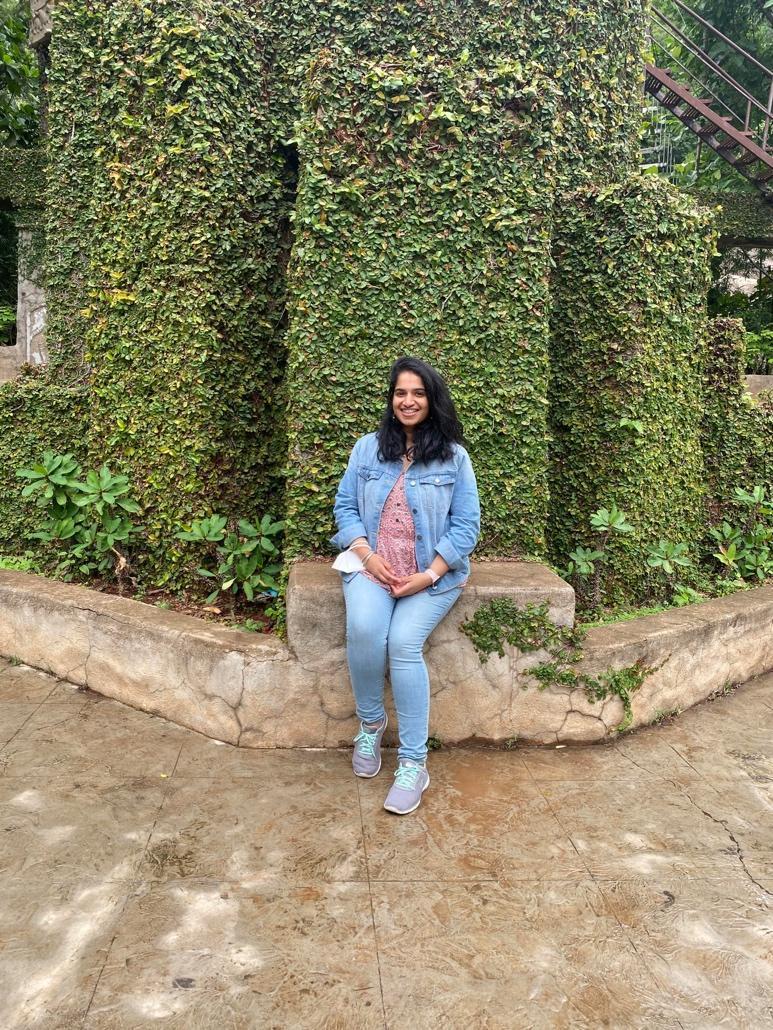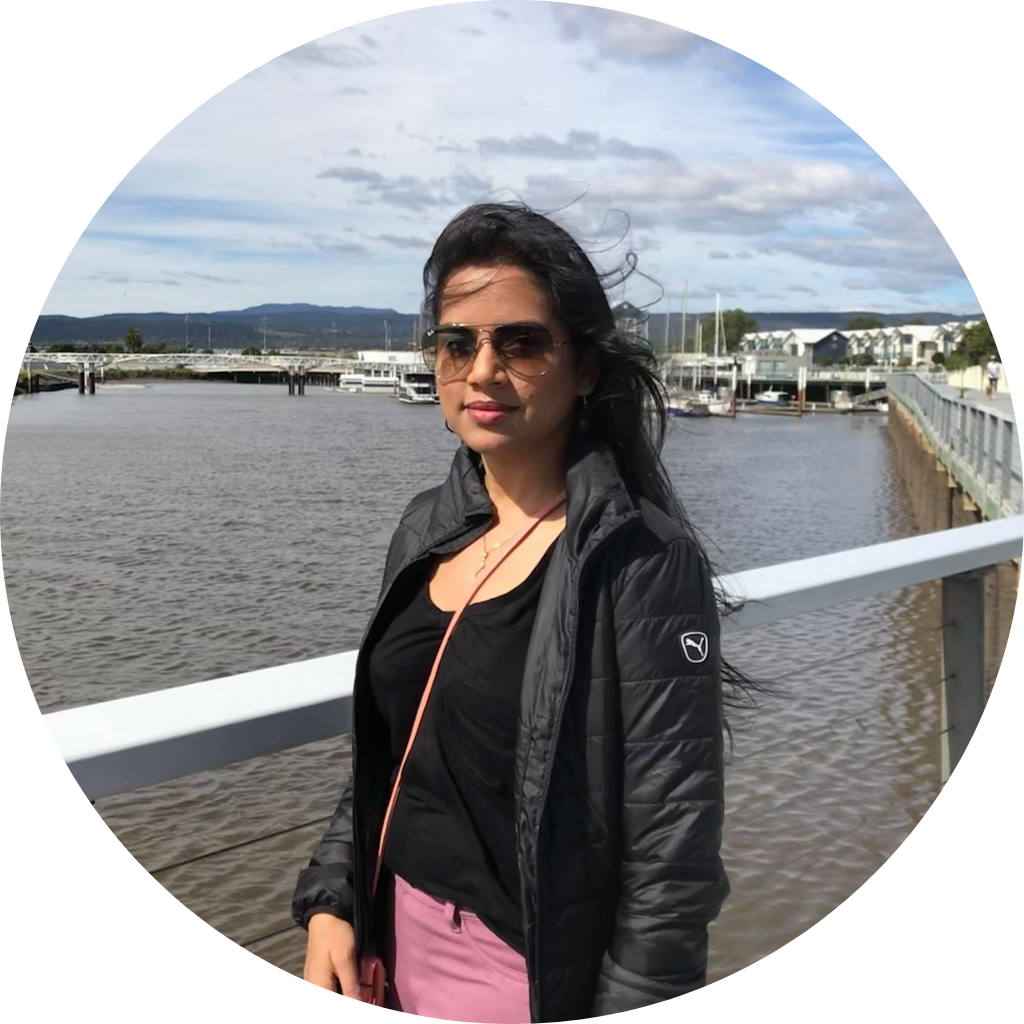About author
Sangeetha obtained her Bachelor’s of Science degree in life sciences from Bhavan’s Vivekananda College, Hyderabad. She then joined the Indian Institute of Science, Bangalore in 2015 as an integrated PhD student. She is currently pursuing her PhD under the mentorship of Prof. Sandeep M Eswarappa at the Department of Biochemistry.
Her research interests include cell biology and translational research. These were curiosities that were kindled by her fascination to understand what happens inside a microscopic cell. Answering the unanswered questions in these fields continues to be an exciting proposition to her. When not in the lab, she likes to read books, sketch, and watch movies.


